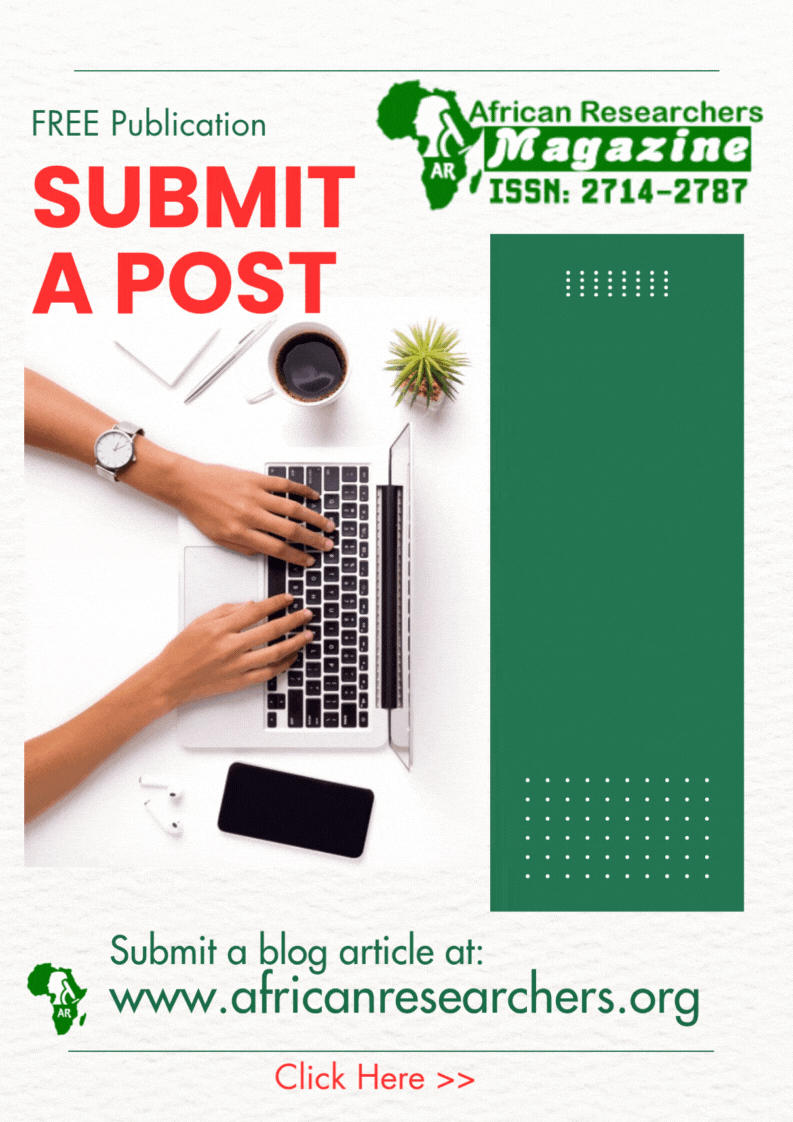Illustrative Image: Climatic and Soil Factors Shaping Cotton Production in Ethiopia: Insights from Arba Minch, Wolkite, and Awassa
Image Source & Credit: Apparel Inside
Ownership and Usage Policy
A recent study by Worku et al. (2024) titled “Analyze Climatic and Edaphic Factors for Ethiopia Cotton Production and Quality” published in Abyssinia Journal of Engineering and Computing reveals that cotton production in Ethiopia is significantly influenced by the interplay of climate
“
Ethiopia’s cotton yield and quality are strongly influenced by region-specific climate and soil interactions, especially in Arba Minch.– Worku et al. 2024
The study explores how environmental variables influence both the yield and quality of cotton in Ethiopia. Specifically, it investigates the combined effects of climatic conditions—such as temperature, rainfall, and humidity—and edaphic factors, including soil texture, fertility, pH, and moisture retention. By analyzing seasonal weather patterns and geographic differences, the study identifies which regions in Ethiopia offer the most favorable conditions for cotton cultivation. It also examines how specific soil properties interact with local climates to influence cotton growth and fiber quality. This research provides vital agricultural insights, offering evidence-based recommendations to improve cotton farming practices. By pinpointing optimal climate-soil combinations, it aims to enhance productivity, support sustainable agriculture, and inform national policy decisions that could boost Ethiopia’s cotton sector.
How the Study was Conducted
This study employed a structured and data-driven approach to explore how environmental conditions influence cotton yield and quality in Ethiopia. Focusing on three major cotton-producing regions—Wolkite, Awassa, and Arba Minch—the research aimed to uncover the key climatic and soil-related (edaphic) factors that shape successful cotton cultivation. To achieve this, the study integrated climatic data sourced from regional meteorological stations, covering variables such as temperature, rainfall, and relative humidity. Simultaneously, soil samples were collected across multiple sites within each region. These samples underwent laboratory analysis to determine crucial edaphic properties like soil texture, pH, electrical conductivity, cation exchange capacity, and organic matter content. Using robust statistical tools, the collected data were analyzed to evaluate the relationships between environmental variables and cotton yield and quality. The analysis pinpointed which soil and climatic conditions had the most significant impact on cotton performance. By comparing the environmental profiles of Wolkite, Awassa, and Arba Minch, the study was able to identify optimal regions for cotton production. This comparative evaluation helped highlight the areas most conducive to high-quality and high-yield cotton farming.
What the Authors Found
The study found that cotton production in Ethiopia is significantly influenced by the interplay of climate—especially rainfall and temperature—and soil properties such as pH, organic matter, and texture, with Arba Minch emerging as the most suitable region for high yield and quality due to its favorable environmental conditions.
Why is this important
Strategic Agricultural Planning: The study provides farmers and policymakers with data-driven insights to identify the most suitable regions, optimize planting strategies, and apply targeted soil treatments—reducing reliance on trial-and-error farming.
Enhanced Cotton Productivity and Quality: Understanding how climate and soil affect cotton growth enables higher yields and better fiber quality, strengthening Ethiopia’s competitiveness in the global textile market.
Sustainable Soil and Climate Management: By promoting climate-smart and soil-conscious farming practices, the study supports long-term sustainability, helping to prevent land degradation and adapt to changing weather patterns.
Socioeconomic Benefits for Rural Communities: As a key cash crop, improved cotton performance can boost farmer incomes, generate rural employment, and reduce poverty, enhancing livelihoods across cotton-growing regions.
Foundation for Future Innovation: The findings lay the groundwork for developing climate-resilient cotton varieties and offer a replicable model for optimizing other crops in Ethiopia and similar agro-ecological zones across Africa.
What the Authors Recommended
- The authors advocate promoting cotton farming in high-potential areas like Arba Minch, and implement site-specific strategies tailored to each region’s unique climatic and soil conditions—avoiding one-size-fits-all approaches.
- The authors argue that farmers should employ regular soil testing and the use of organic amendments to improve fertility. Adjust pH and salinity levels through targeted interventions to enhance cotton yield and quality.
- Align planting schedules with seasonal rainfall and temperature patterns. Incorporate weather forecasting tools into farm planning to minimize risks from climate variability.
- In addition, develop training programs on climate-resilient and adaptive agronomic techniques. Ensure farmers are equipped with practical, location-specific knowledge to boost productivity.
- Encourage policymakers to establish regionally tailored agricultural guidelines and invest in research and extension services to support knowledge dissemination and innovation in cotton-growing regions.
In conclusion, the study by Worku et al. (2024) offers critical insights into the environmental dynamics that influence cotton production in Ethiopia, highlighting the synergistic role of climatic and edaphic factors. By identifying optimal regions like Arba Minch and recommending targeted, data-driven farming practices, the research paves the way for enhanced cotton productivity, improved fiber quality, and sustainable agricultural development. These findings not only support more efficient resource utilization but also empower farmers and policymakers to make informed decisions that can strengthen Ethiopia’s position in the global cotton market and uplift rural economies.
















 The African Research (AR) Index is a comprehensive scholarly directory and database focused explicitly on journal publishers that publish and disseminate African research.
The African Research (AR) Index is a comprehensive scholarly directory and database focused explicitly on journal publishers that publish and disseminate African research.

